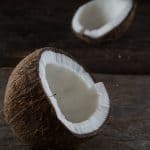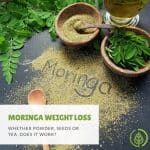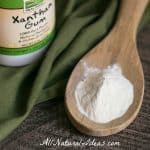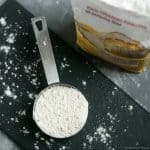Have you heard of allulose sugar? It’s a keto friendly sweetener that’s natural based. Discover more about this intriguing sugar substitute.
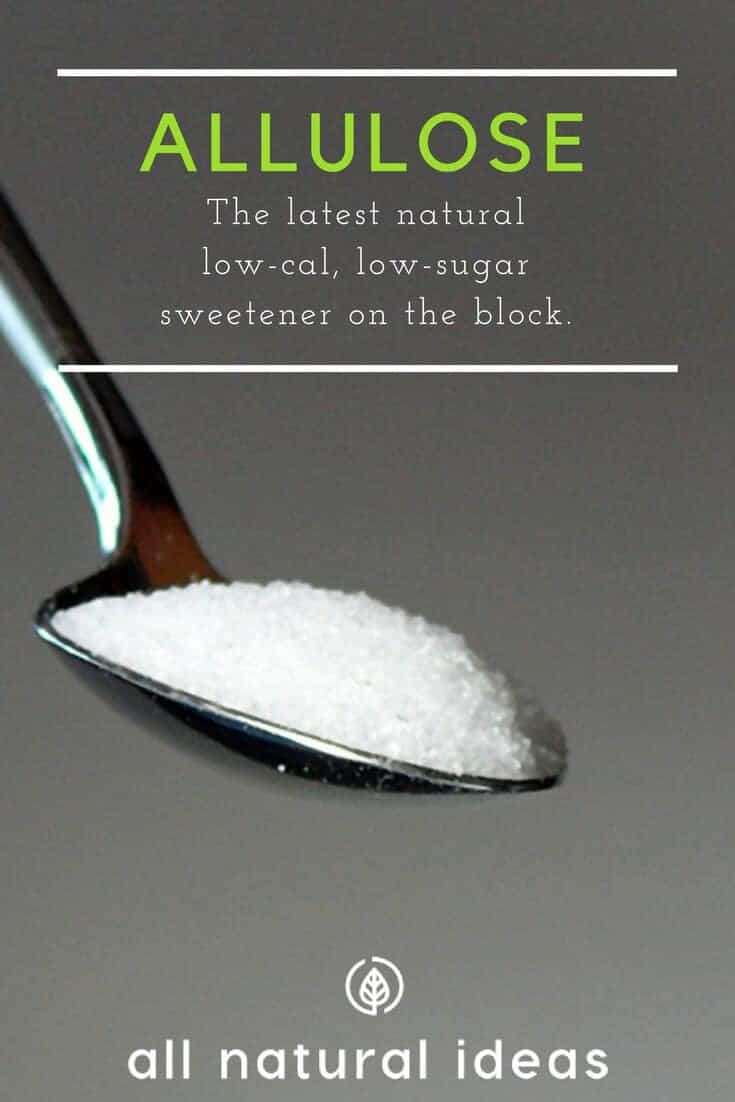
What is allulose?
It’s a simple sugar. But it’s healthier than fructose, because it doesn’t affect the body like other insulin-spiking simple sugars.
Fruits such as dates, figs, raisins, dragon fruit, and jackfruit contain tiny amounts of it. Small quantities are also naturally found in wheat and maple syrup.
Because there’s very small amounts of this natural sweetener, it’s called a “rare sugar.”
Currently, rare sugar is not nearly as popular as stevia. At least not yet. But this table sugar alternative seems poised for huge market growth.
In fact, it may one day become more popular than brands containing stevia. That’s because many consumers dislike stevia’s hyper-sweet metallic aftertaste.
So why are most people unfamiliar with it? For starters, it’s only been on the market for a few years.
What’s it made from?
As mentioned, it’s found naturally in a half dozen or so fruits. But because there’s not much of it to begin with, allulose is manufactured using corn enzymes. These enzymes have virtually the same structure as fructose.
The method of using corn enzymes was invented In Japan. Japanese researchers discovered how to mass-produce the simple sugar by using microorganisms. These bacteria produce enzymes that turn fructose into D-psicose.
That’s why you may hear rare sugar also referred to as “psicose.”
How is it different than other sugars?
In essence, d-piscose is a dietary fiber from corn, not a sugar. Although it’s got the same chemicals as fructose, rare sugar has a different chemical structure. This means your body doesn’t process rare sugar the same way it does fructose (and other sugars).
And here’s the major difference between rare sugar and fructose, sucrose, lactose and other conventional sweeteners….
Even though it has calories, it’s not metabolized by the body. So in reality, it acts as if it’s calorie-free.
How many grams of net carbs and calories does it have?
The truth is, it’s pretty close to calorie-free. A gram of it contains about one-third of a calorie. In comparison, table sugar (which is a combo of two simple sugars: fructose and sucrose) contains 4 calories per gram.
This means the net grams of carbs are negligible. And anyways, your body eliminates it before it gets stored or used for energy. So essentially, this is a zero net carb sweetener.
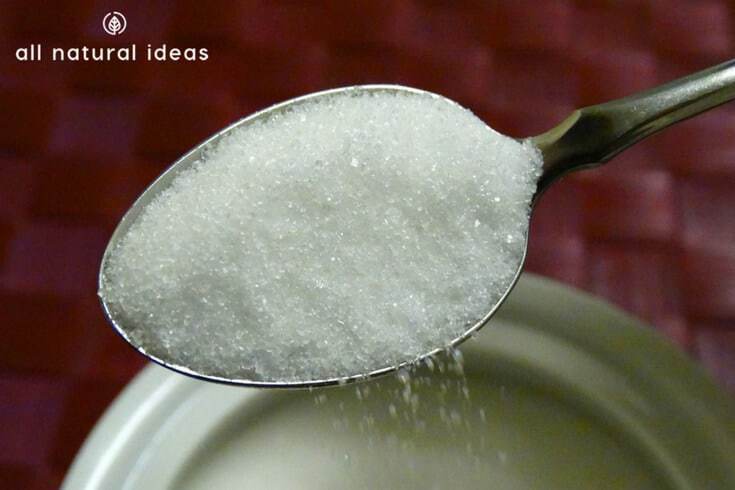
What does it taste like?
It tastes like sugar, but it’s about one-third less sweet than table sugar.
The British nutritional ingredient company Lyle & Tate, which makes Splenda products, in 2015, released its branded allulose, “DOLCIA PRIMA®.” (Dolcia Prima means “sweet first.”)
Lyle & Tate’s website claims that rare sugar has the same mouthfeel and full taste as standard table sugar. And because rare sugar “behaves like sugar,” this makes it easy for food manufacturers to incorporate this lower-calorie sweetener in foods and drinks.
Furthermore, Lyle & Tate says rare sugar has “the same onset, peak and dissipation of sweetness” as regular sugar.
Is allulose keto friendly?
The nutrition facts seem to support it for keto diets. There are barely any calories per teaspoon. It’s got no effect on blood glucose or insulin levels. And it’s naturally found in fruits, unlike artificial sweeteners and belly-bloating sugar alcohols.
How do you use it in recipes?
If you want the regular sweetness of table sugar, use 1 ⅓ cup of rare sugar in recipes.
Rare sugar is great for baking. It browns very easily. In fact, it’s better at browning and caramelization than dextrose, which is added to many stevia products.
Want to bake a low-carb cake? Use this rare sugar. It will yield the same crumbly texture as regular sugar.
Keep in mind it dissolves quickly in liquid. So if you’re making your own protein powder drink, adding small amounts of it can make it taste very palatable without the blood-sugar spike.
Benefits of Allulose
It basically acts as a natural ultra low carb sweetener. It measures zero on the glycemic index. Keep in mind, however, there’s not a lot of research on rare sugar. After all, it’s only been used as a sweetener alternative for a very short while.
Thus, there’s no long term clinical conclusions. But the preliminary studies are promising.
For instance, this 2018 study with 24 participants with type 2 diabetes concluded that small amounts of it is very beneficial. The participants’ blood glucose was lowered by 8%. (The dose was 10 grams.)
It can also help diabetic dogs. The results of this study suggest that rare sugar may be beneficial in dogs with impaired glucose tolerance.
Studies like this one also show rare sugar increases insulin sensitivity. Rare sugar may also make antioxidants more effective in the body.
Another study compares rare sugar to high fructose corn syrup (HFCS). Even though the aforementioned Dolcia Prima is made from corn, rare sugar differs greatly from HFCS.
HFCS can shut off the hunger hormone that tells your brain that you’re full. Therefore, you tend to eat more if you consume products with HFCS. This makes HFCS associated with the risk of both diabetes and obesity.
By comparison, rare sugar inhibits obesity and diabetes. Rats in the study were given a rare sugar or HFCS in drinking water for 10 weeks. Rats fed the rare sugar show no weight gain. And the abdominal fat mass did not increase.
Furthermore, the rats fed rare sugar show far lower blood glucose levels. The test also reveals that at 30, 60, and 90 minutes, the levels of insulin in the rare sugar group were significantly lower.
Another big benefit is, at least in small amounts, it seems not to cause bloating or gas.
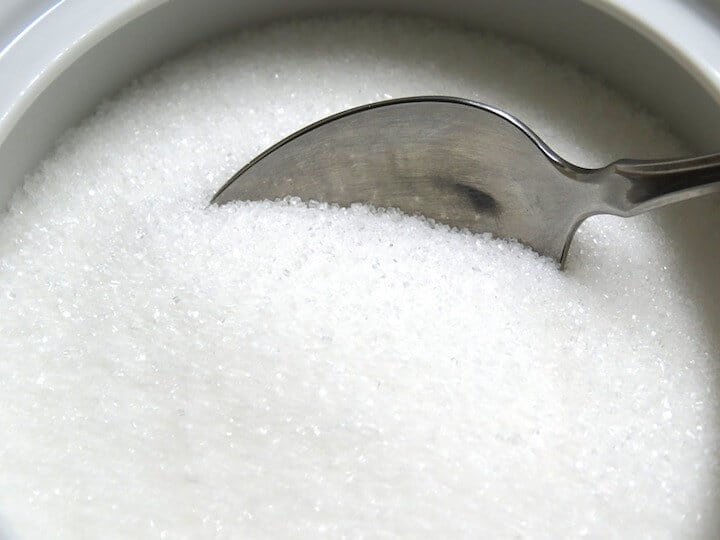
Are there side effects? Is it safe to consume?
Remember, it doesn’t get completely metabolized by the body. And it doesn’t get completely absorbed. Only about 70% of it gets absorbed by the body. The rest is removed via elimination.
Is this a bad thing? The Food And Drug Administration (FDA) defines allulose as Generally Regarded as Safe (GRAS). But the “GRAS” label isn’t reassuring to some people. That’s because there are over 1,000 chemicals that the FDA considers GRAS, many of them synthetic.
Furthermore, research on rare sugar has been mostly conducted in animal studies or small human trials.
Nonetheless, rare sugar is all-natural. It does not contain any synthetic ingredients. And it’s likely very safe in moderation. (Despite this fact, it still remains unapproved for use in Europe.)
Allulose products
In addition to Dulcia Prima, there are only a handful of products in the U.S. This despite the fact that it’s all-natural and was first identified in wheat more than 70 years ago.
In comparison to stevia, this new sweetener is far more expensive. However, other all-natural sweeteners that have zero effect on blood sugar are expensive as well. Monk fruit extract comes to mind.
If you want to know where to buy it in the U.S., it’s not quite like finding a needle in a haystack. But it’s certainly not as easy as finding it in Japan.
In Japan, rare sugar is in at least 2,000 products. In the United States, however, it’s currently in less than a handful of commercial products. (Perhaps the reason rare sugar is popular in Japan: it’s where the technique of converting a fruit sugar enzyme into this sweetener originates. This technique differs from the Dulcia Prima product.)
Quest, a brand of meal replacement and high protein bars, has been using this new sweetener. The rare sugar is an ingredient in Quest’s “Hero Protein Bar.”
You can buy bottles of the brand, All-U-Lose (get it?) and its Natural Rare Sugar Sweetener.
There’s also Keystone Pantry’s Natural Rare Sugar Sweetener.
And, you’ll find it in the Know Better cookies.
Other than that, right now the options of where to buy this rare sugar is minimal. But if you’re looking for a one to one sugar replacement, give Keto Genie Allulose with monk fruit and stevia a try.
Conclusion:
Although it’s lower in calories and does not raise blood sugar, this natural rare sugar actually behaves quite like regular white table sugar. In light of this, rare sugar might become the sweetener of choice for soft drinks and baked goods.
Regardless of whether it’s made from corn or fruit sugar, will rare sugar sweetener surpass other options as the low-cal, zero-glycemic sweetener of choice for the masses? If so, it’s not likely to happen anytime soon.
Food and beverage manufacturers are likely waiting for the cost to drop significantly. Only then, will they think about including it in snacks that Americans love but that contribute greatly to the obesity and diabetes epidemic.

